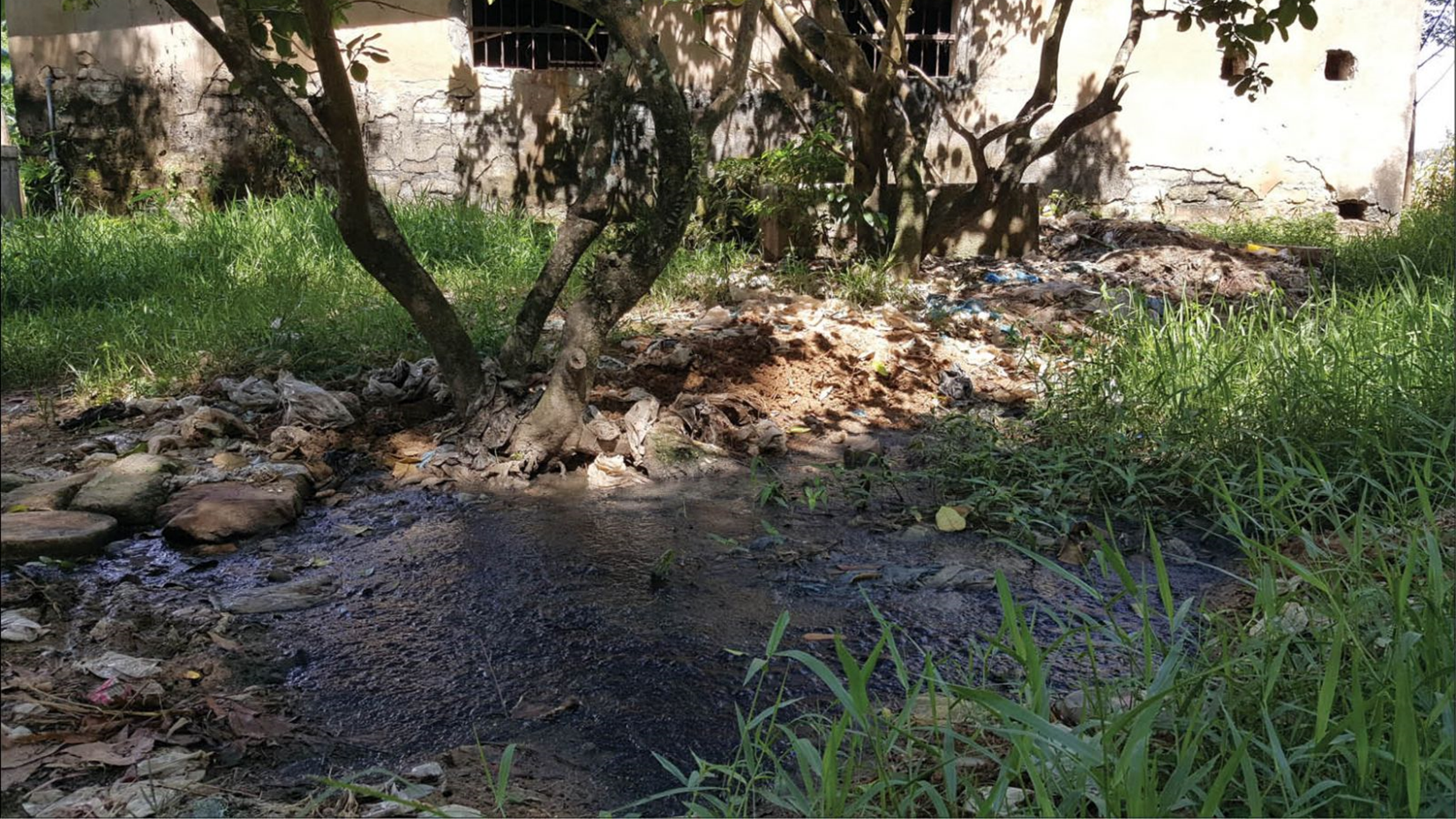Understanding and being aware of the environmental impacts of pig farming will help the livestock industry develop more sustainably, contributing to environmental protection and ensuring sustainable socio-economic development.
Pig farming today makes a major contribution to the economy and provides the main source of food for humans. However, this industry also brings many challenges to the environment. Activities related to pig farming, from feed production, pig manure management, to waste disposal, can cause negative impacts on the environment: air, soil and water. Especially, waste treatment in the livestock farming process (small-scale livestock farming), has not been paid attention to adverse effects on the environment and human health. Therefore, what are environmental impacts of pig farming and propose some solutions to minimize these impacts?
I. GREENHOUSE GAS EMISSIONS
Pig farming contributes a significant portion of global greenhouse gases, mainly methane (CH4) and nitrous oxide (N2O). Methane gas is produced from the digestive process of pigs and from pig manure. Methane has 25 times more greenhouse gas potential than CO2 over a 100-year period. N2O, produced from pig manure management and fertilizer use, has 298 times more greenhouse gas potential than CO2.
Image of greenhouse gas emission
II. CONTAMINATING WATER SOURCES
Waste from pig barns contains many nutrients such as nitrate and phosphate. If not managed properly, this waste can pollute surface and groundwater sources, causing eutrophication. Eutrophication increases the biomass of algae and aquatic plants, leading to reduced oxygen in the water and negatively affecting aquatic life. If discharged into the environment, it will directly pollute the water source, possibly killing aquatic animals or directly affecting domestic water sources.
III. LAND POLLUTION
Excessive accumulation of organic matter and nutrients will lead to changes in soil structure, making the soil acidic or reducing the soil’s ability to drain and aerate, reducing agricultural productivity.
At the same time, pig manure can contain many disease-causing microorganisms. If not managed properly, these microorganisms can spread into the soil and thereby infect other plants and animals, and can even make people sick.
Image of land pollution
IV. CONSUMING ENVIRONMENTAL RESOURCES
Pig farming requires large amounts of land to grow crops for animal feed and uses water for pig care. This can lead to depletion of land and water resources, especially in areas with limited resources.
V. ODOR AND ANIMAL EXHAUST GASES
Pig farms often emit unpleasant odors and harmful emissions such as NH3, H2S, CH4 create odors, which can cause health problems for humans and animals living around, especially affects the respiratory system of humans and animals.
VI. USE OF ANTIBIOTICS AND VETERINARY DRUGS IN LIVESTOCK PRODUCTION
Using antibiotics and veterinary drugs in pig farming can lead to antibiotic resistance and environmental pollution. In addition, if antibiotics are used indiscriminately, antibiotic residues in livestock waste can affect the microflora in soil and water, even causes antibiotic residues in pork, causing health problems and antibiotic resistance.
Image of using antibiotics
So what is the solution to minimize the negative impacts of pig farming on the environment:
- Improve the diet: Use feed that can reduce the amount of methane produced during digestion. Balance the diet, use probiotics to enhance digestion, save feed, and make waste from animal feces cleaner.
- Treatment and recycling of waste: Waste from the livestock industry such as hay, straw, bran, seed shells can be used as biological raw materials to produce biogas, biofuel or organic fertilizer.
- Effective management of pig manure and wastewater: Using biogas system helps convert harmful gases such as CO2, CH4, H2S into fuel or electricity for lighting. In addition, sludge in biogas tanks is also used to make organic fertilizer to help improve soil and significantly increase crop productivity.
- Using modern treatment technology: Modern treatment technology such as the use of anaerobic digestion management systems, biomass incinerators, and advanced water treatment systems can help reduce the impact of livestock waste onto the environment.
- Reduce antibiotics use: Apply disease prevention measures by using herbal products or using supplements to increase resistance and proactively vaccinate livestock instead of using antibiotics to treat.
- Treatment of waste containing antibiotics: Use advanced waste treatment technologies to remove antibiotic residues.
- Promote sustainable livestock farming: Innovate and improve sustainable livestock farming methods such as organic farming, livestock cooperatives, vegan farming, and reduce dependence on chemicals in the livestock farming process.
Pig farming has many negative impacts on the environment, from greenhouse gas emissions, water and soil pollution, to odors and emissions. However, with management and application of advanced technologies, these impacts can be significantly minimized. Developing sustainable livestock farming methods not only helps protect the environment but also improves economic efficiency and quality of livestock products.



